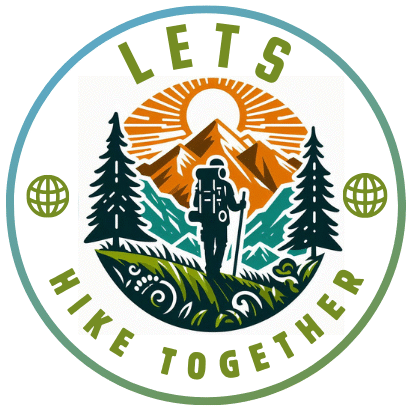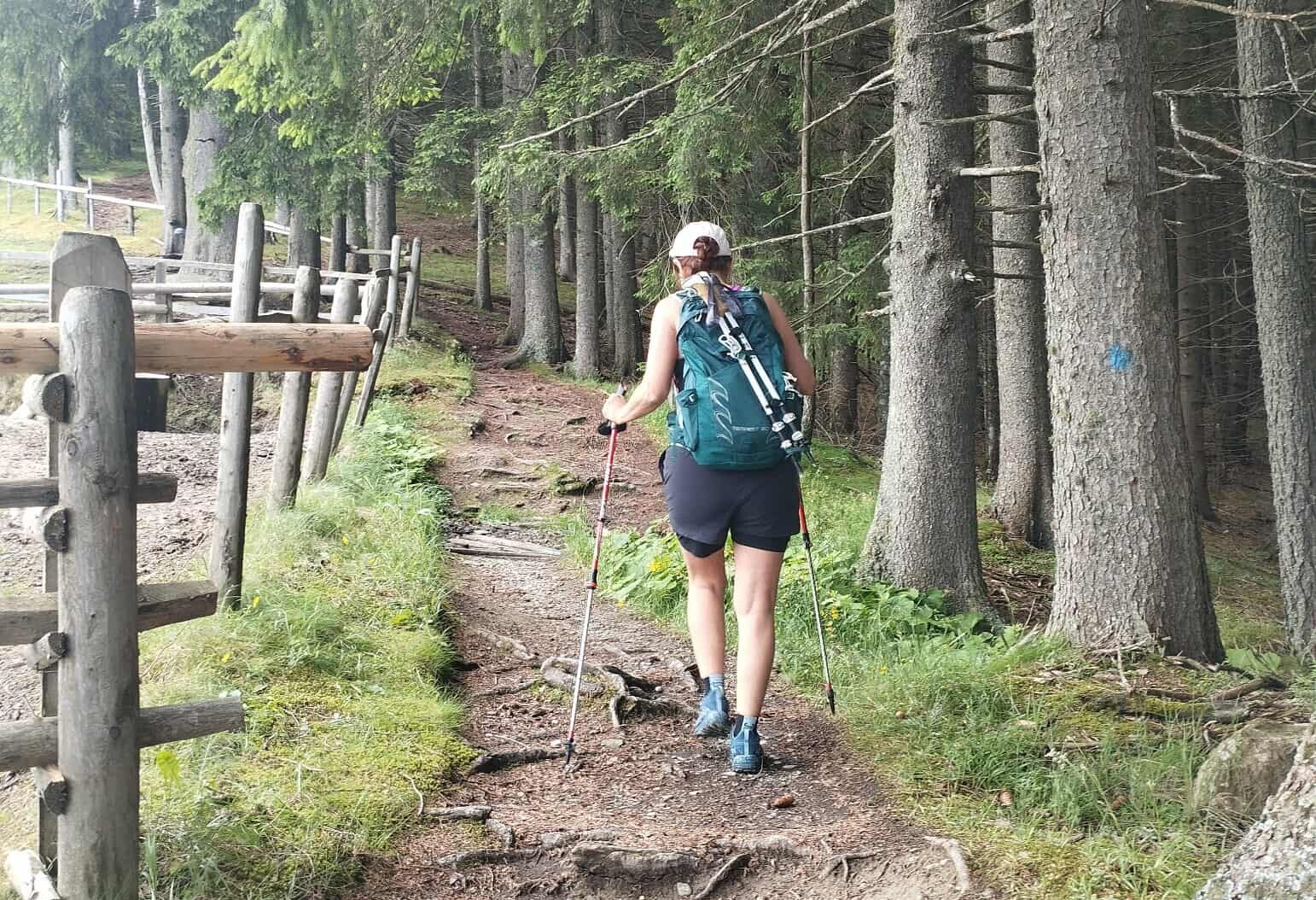When it comes to navigating steep terrain, choosing the right gear can really make or break your hike. Two of the most popular options for improving stability and less stress on your body are trekking poles and the traditional hiking staff. But which one is truly better for steep inclines? In this post, we’ll compare the benefits of each, so you can make a smart choice for your next adventure.
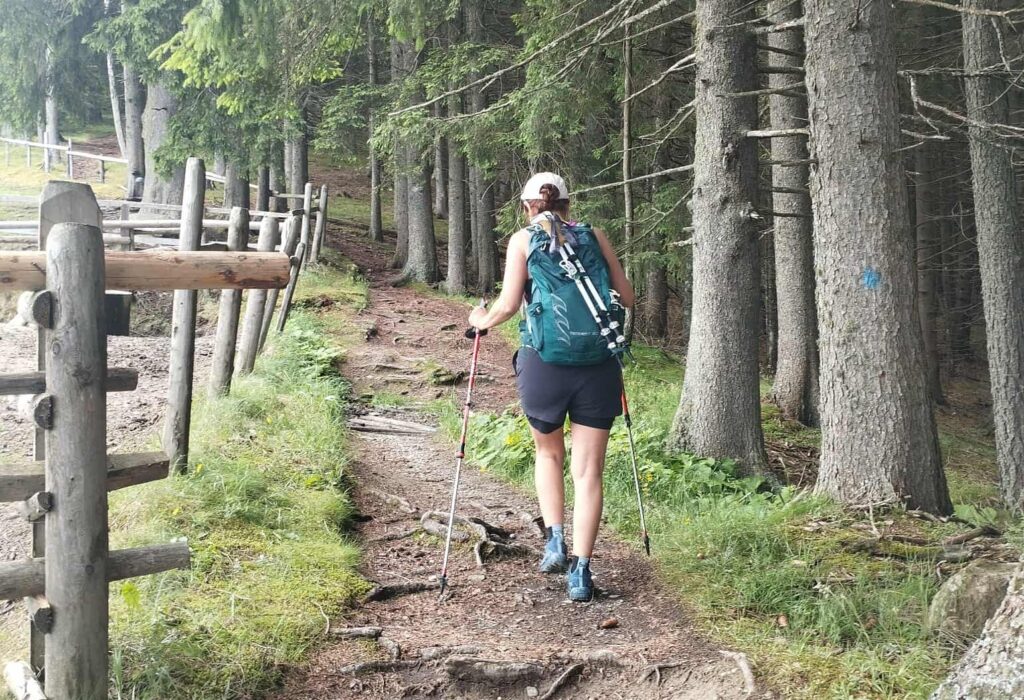
What Are Trekking Poles?
Trekking poles are two adjustable poles that hikers use for additional stability and support while navigating uneven or steep terrain. Typically made of lightweight materials like aluminum or carbon fiber, they feature padded handles, ergonomic grips, and sometimes shock-absorbing technology.
Key Features of Trekking Poles:
- Adjustable length: Allows you to tailor the poles to your height and the terrain.
- Dual poles: Provides balance by offering support for both arms.
- Shock absorption: Some trekking poles come with built-in shock absorption to reduce strain on your joints, especially on descents.
- Ergonomic grips: Designed for comfort, preventing blisters and offering a better grip in wet conditions.
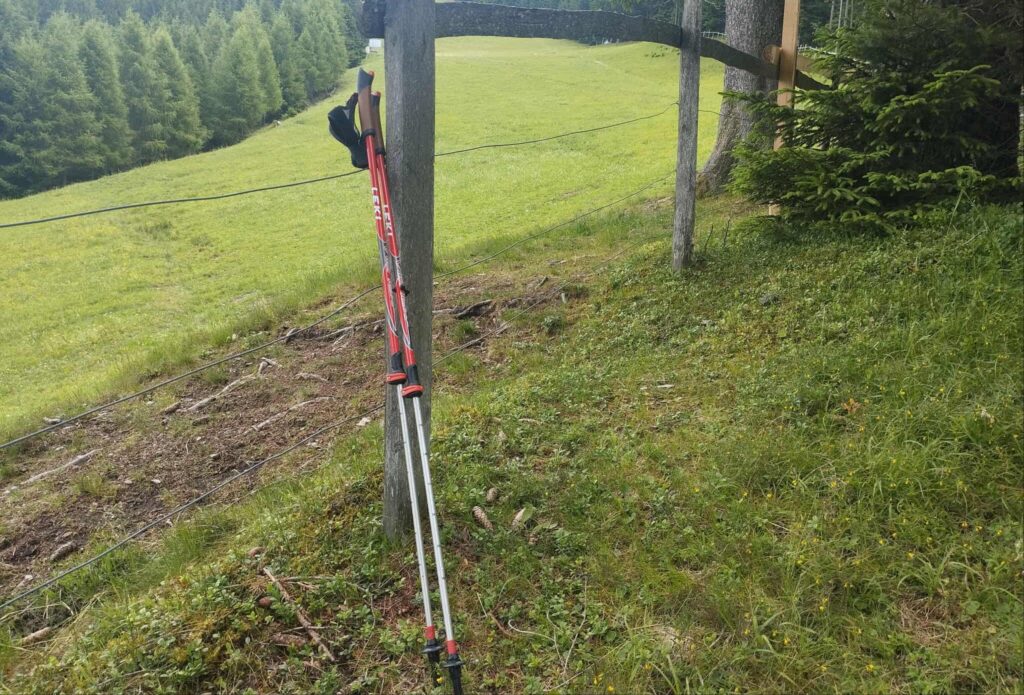
What Is a Hiking Staff?
A hiking staff is a single pole, often made of wood, aluminum, or carbon fiber, that hikers use for support on trails. While it’s simpler than trekking poles, it can still offer stability and relieve some pressure on your knees and legs during steep climbs.
Key Features of a Hiking Staff:
- Single pole: Provides support with just one hand.
- Sturdy and natural material: Often made from durable wood or strong metals like aluminum.
- Simplicity: Lacks the adjustability and technology found in trekking poles, but offers a classic, minimalist option.
- Handcrafted designs: Many hiking staffs are handcrafted, making them a popular choice for those seeking a more rustic or traditional hiking experience.
Trekking Poles vs Hiking Staff: Which Is Better for Steep Terrain?
1. Stability and Balance
Trekking Poles:
With two poles, trekking poles provide better balance on steep or uneven terrain. Using both arms to push against the ground helps distribute weight evenly, which is especially helpful when navigating difficult ascents or descents. The extra pole gives you more control when traversing slippery rocks, mud, or loose gravel.
Hiking Staff:
A hiking staff offers stability, but with only one point of contact with the ground, it doesn’t offer as much balance as trekking poles. While it can still help with keeping your posture upright, it might not be enough on very steep or technical trails.
Winner: Trekking Poles are the clear winner for stability and balance on steep terrain.
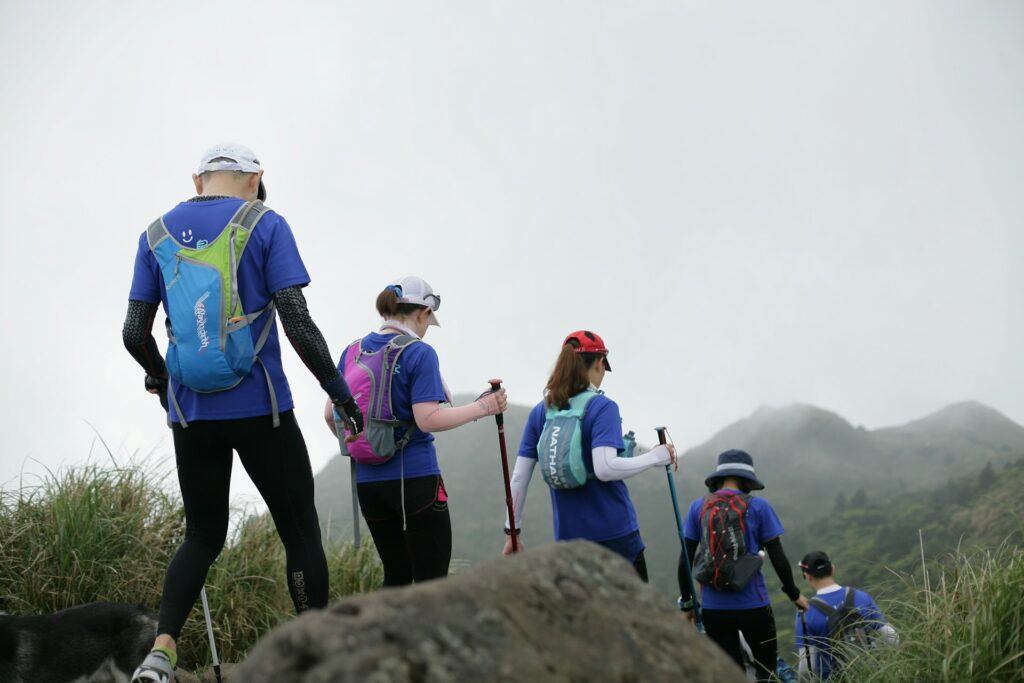
2. Support and Comfort
Trekking Poles:
Trekking poles are designed with comfort in mind. The ergonomic grips reduce hand strain, and many models come with padded straps to relieve pressure on your wrists. Plus, the adjustable length of the poles lets you fine-tune them to your specific needs.
Hiking Staff:
A hiking staff offers more basic support. While many hikers appreciate the simplicity and traditional feel, there are no cushioned grips or adjustable lengths to ensure maximum comfort.
Winner: Trekking Poles offer superior support and comfort for long hikes on steep terrain.
3. Versatility
Trekking Poles:
Many trekking poles come with added features such as shock absorption, rubber tips for different terrain, and even the ability to convert into a tripod for your camera. This makes them highly versatile, ideal for a wide range of conditions, including steep and rugged landscapes.
Hiking Staff:
A hiking staff is simpler and lacks many of the modern features found in trekking poles. It’s generally suited for more straightforward trails, but it may not perform as well on technical terrain or extreme conditions.
Winner: Trekking Poles are more versatile, offering additional features for challenging hikes.
4. Weight and Portability
Trekking Poles:
Although trekking poles are lightweight, carrying two poles can sometimes feel cumbersome. However, many modern trekking poles are collapsible, making them easy to pack into your backpack when not in use.
Hiking Staff:
A hiking staff is generally lighter and more portable than trekking poles. It takes up less space in your bag, and some hikers even prefer the minimalist nature of carrying just one pole.
Winner: Hiking Staff wins for portability and lightness, especially on less challenging terrain.
5. Durability
Trekking Poles:
Trekking poles are designed for durability, with materials like carbon fiber and aluminum ensuring they can withstand harsh conditions. However, they do have more moving parts (such as locking mechanisms), which can sometimes wear down over time.
Hiking Staff:
Since it’s typically a single pole with fewer moving parts, a hiking staff is highly durable. Many are crafted from solid wood or high-grade metal, ensuring a long lifespan.
Winner: Hiking Staff is generally more durable with fewer components to break.
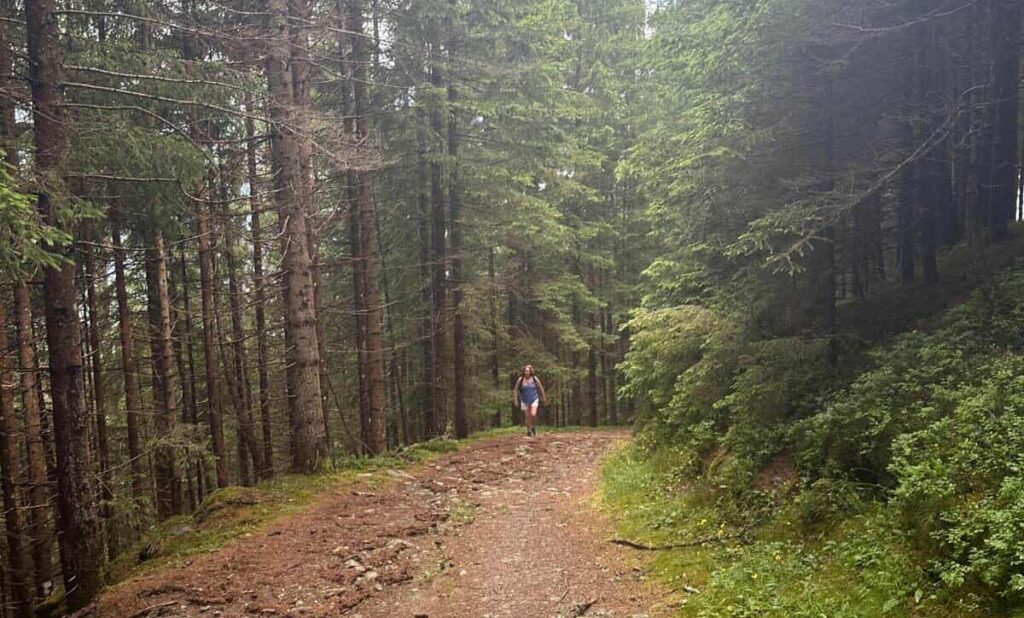
Conclusion: Which Should You Choose for Steep Terrain?
Ultimately, the best choice between trekking poles and a hiking staff depends on your personal preferences and the nature of the terrain you’ll be tackling.
- If you prioritize balance, support, and versatility on steep and technical terrain, trekking poles are your best bet.
- If you’re looking for a lightweight, minimalist, and durable option, a hiking staff might be a better fit, especially for easier trails.
For most hikers tackling steep or challenging terrain, trekking poles are the clear winner. Their added stability, support, and adjustability make them the go-to choice for rough, steep inclines and declines.
What’s Your Gear of Choice?
Do you swear by trekking poles, or do you prefer the simplicity of a hiking staff? Share your thoughts and experiences with us in the comments below!
